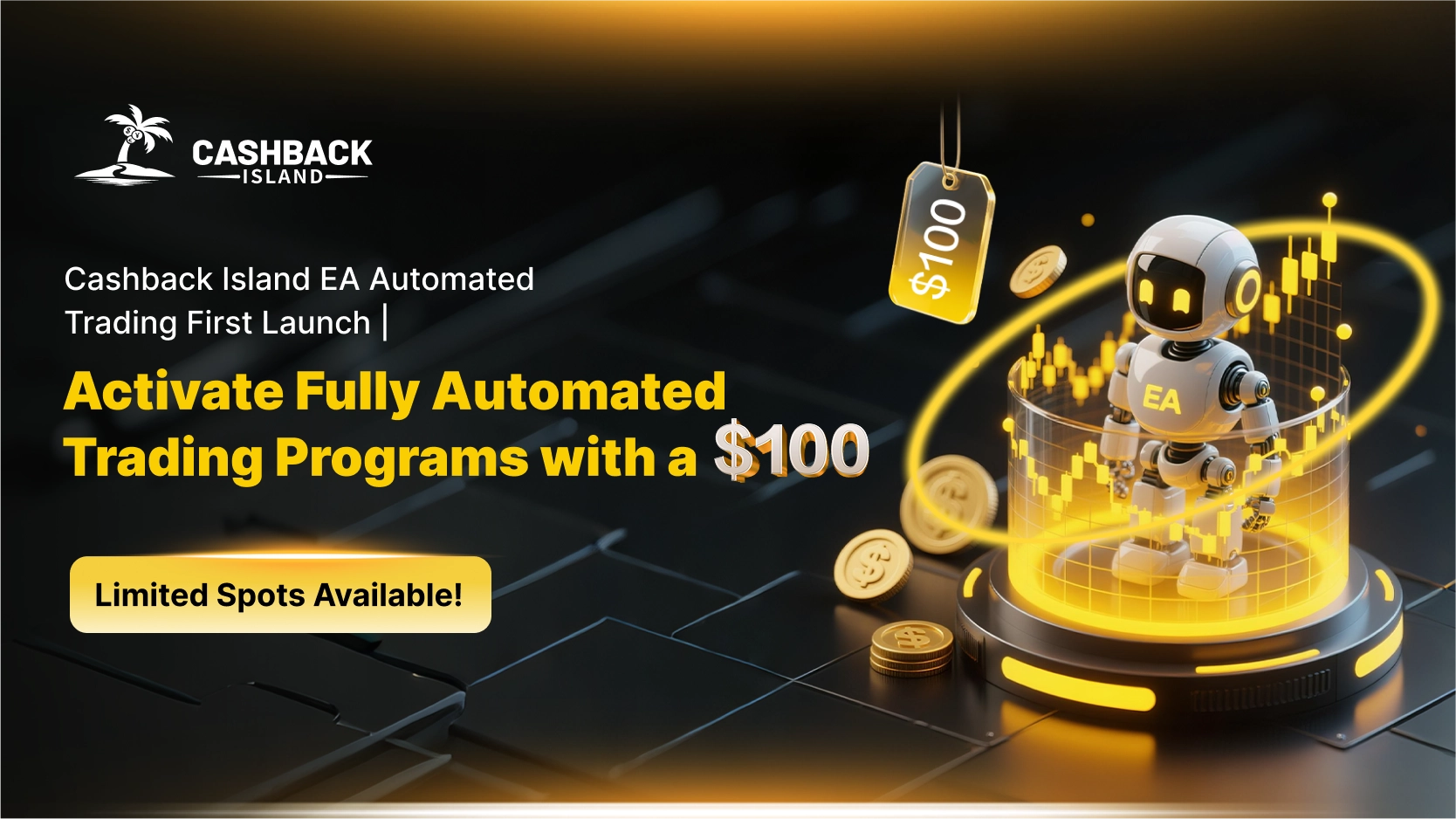2025 Euro Investment Guide: When to Buy & 3 Strategies
[2025 Euro Investment Guide] Is It a Good Time to Buy Now? Experts Analyze the Best Timing and 3 Key Investment Strategies
Why Invest in the Euro? Understand the 2 Core Values of the Euro
In today’s globalized economy, the risk of holding only one currency is increasing. The principle of not putting all your eggs in one basket also applies to currency investment. As the world’s second-largest reserve currency, the euro naturally becomes an important option for diversifying risk and achieving global asset allocation.
Value One: The World’s Second-Largest Reserve Currency with Hedging and Stability
The euro ranks just behind the US dollar as the second-largest currency in global foreign exchange reserves. This means central banks around the world hold large amounts of euros as reserve assets, providing a strong foundation of stability for its exchange rate. When markets experience sharp volatility, especially when confidence in the US dollar is questioned, the euro often serves as a safe haven, demonstrating its unique hedging qualities. For investors seeking stability, allocating part of their assets in euros can effectively hedge against geopolitical risks and reduce overall portfolio volatility.
Value Two: Global Asset Allocation to Diversify Single-Currency (e.g., US Dollar) Risk
As a savvy investor, you must recognize that concentrating all your assets in TWD- or USD-denominated holdings exposes you to significant single-market risk. The eurozone, as a major economic bloc, has economic cycles and monetary policies that differ from those of the US. By investing in the euro, you can allocate assets to the European market, capture different growth opportunities, and effectively diversify against shocks caused by issues in a specific country or region (such as a policy shift by the Federal Reserve). This makes your portfolio more resilient and diversified.
3 Key Indicators for Determining the Best Time to Buy or Sell Euros
“Is it a good time to buy euros?” The answer depends on how well you understand market trends. Rather than blindly following the crowd, learn to interpret these three key indicators—they serve as your compass for identifying the right timing to trade euros.
Indicator One: European Central Bank (ECB) Monetary Policy (Rate Hike/Cut Expectations)
This is the most direct and fundamental factor affecting the euro’s exchange rate. The European Central Bank’s (ECB) interest rate decisions act like a faucet controlling the flow of euros. When the ECB raises rates to curb inflation, euro deposits yield higher interest, attracting global capital inflows and boosting the euro. Conversely, if the ECB cuts rates to stimulate the economy, the euro becomes less attractive and the exchange rate weakens. Therefore, closely monitoring ECB rate meetings, public remarks by officials, and market expectations for future policy is the top priority in identifying entry points.
Indicator Two: Key Economic Data in the Eurozone (Inflation Rate CPI, GDP Growth Rate)
Economic data is like a health check-up for a currency. Among them, the Consumer Price Index (CPI) and Gross Domestic Product (GDP) are the two core indicators.
- CPI (Inflation Rate): If CPI consistently exceeds the ECB’s target (usually 2%), the market will expect the ECB to adopt tightening measures such as rate hikes to cool inflation, which is positive for the euro.
- GDP (Growth Rate): Strong GDP figures indicate a healthy and dynamic eurozone economy, attracting foreign investment and supporting the euro’s exchange rate. Conversely, weak data may signal a looming recession, putting pressure on the euro.
Indicator Three: Relative Strength of the US Dollar Index (DXY)
In the forex market, the euro and the US dollar are like two ends of a seesaw. The US Dollar Index (DXY) measures the dollar’s performance against a basket of major currencies, with the euro carrying a weight of as much as 57.6%. Generally, when the dollar strengthens, the euro tends to weaken; when the dollar weakens, the euro usually rises. Therefore, when analyzing the euro’s trend, it is essential not to overlook US economic data and Federal Reserve (Fed) policy. Using the DXY as a reverse indicator can significantly improve the accuracy of your judgment.
Euro Investment Channels Compared: Full Analysis of 3 Mainstream Methods
After understanding the “why” and the “when”, the next question is “how” to invest in euros. Different instruments suit different risk preferences and capital sizes. Below is a breakdown of the three most mainstream ways to invest in the euro.
| Investment Method |
Target Investors |
Advantages | Disadvantages |
| 🏦 Bank Exchange and Foreign Currency Time Deposits |
Conservative investors or those with practical needs (study abroad, travel) |
✅ Lowest risk, simple and straightforward to operate | ❌ Limited profit potential, lower liquidity, wide bid-ask spread |
| Aggressive investors, short-term traders | ✅High leverage, 24-hour trading, ability to trade both long and short | ❌ Extremely high risk, requires professional knowledge, prone to margin calls | |
| 📈 Euro-Related ETFs or Funds |
Moderate investors, medium- to long-term investors |
✅ Diversified risk, low entry amount, low transaction costs | ❌ Management fees, unable to fully reflect exchange rate fluctuations in real time |
Method One: Bank Exchange and Foreign Currency Time Deposits
This is the most traditional and stable method. It is suitable for those who have actual euro needs (such as traveling in Europe or studying abroad) or for investors who are extremely risk-averse. You can exchange TWD or USD for euros directly at the bank counter or through online banking, then deposit them into a foreign currency account to earn interest. While there is virtually no risk of losing principal, the downside is that profit potential is very limited, coming mainly from modest deposit interest and long-term euro appreciation. In addition, banks generally have wide bid-ask spreads, leaving almost no room for short-term gains.
Method Two: Forex Margin Trading (Forex)
If you are seeking high returns and are willing to take on high risk, forex margin trading may suit you. It uses leverage, allowing you to control a contract value far larger than your principal with only a small amount of capital (margin). This means that even minor exchange rate fluctuations can translate into profits (or losses) magnified dozens or even hundreds of times. The forex market operates 24 hours a day and allows for two-way trading (going long or short), offering great flexibility. However, always remember that high leverage is a double-edged sword. If the market moves against you, losses are equally magnified and could even wipe out your entire capital (a margin call). This method requires significant time investment in learning technical analysis and practicing strict risk management.
💡 Recommended Articles
Want to dive deeper into how to use small capital to trade big markets? Recommended reading
The Ultimate Guide to Forex Margin Trading
Method Three: Euro-Related ETFs or Funds
For “lazy investors” who don’t want to spend too much time watching the market but still want exposure to the euro, ETFs (Exchange-Traded Funds) or related funds are an excellent choice. For example, you can purchase an ETF that tracks the euro’s exchange rate movements (such as the Invesco DB Euro Trust, FXE), which trades just as conveniently as stocks. The advantage of this approach is that through a single product you indirectly hold multiple euro-related assets, effectively diversifying risk while keeping transaction costs relatively low. Although there are management fees and price movements may lag slightly behind real-time exchange rates, for medium- to long-term positioning, this is an ideal tool for balancing risk and return.
💡 Recommended Articles
What Is an ETF? Recommended Reading
Complete Guide to ETF Investing
Conclusion
In summary, the question “Is it a good time to buy euros?” does not have a one-size-fits-all answer. The real key lies in whether you have built your own investment decision-making framework. Before making any euro investment decisions, you should first gain a solid understanding of the macroeconomic indicators that influence exchange rates, learn to identify the ideal timing for buying and selling euros, and choose the tools that best match your risk tolerance and investment goals. Whether it’s stable time deposits, high-risk forex trading, or convenient ETFs, each path can lead to asset growth. Now is the time to evaluate your investor profile and take the first step toward global asset allocation!
FAQ Common Questions
Q: What is the best time of day to trade the euro?
A: For short-term traders, the best time is during the overlap of the European trading session (3:00 p.m. to 11:00 p.m. Taiwan time) and the North American trading session (8:00 p.m. to 4:00 a.m. Taiwan time), which is from 8:00 p.m. to 11:00 p.m. Taiwan time. This period has the highest trading volume, the best liquidity, and the most active exchange rate fluctuations, offering more trading opportunities.
Q: What is the minimum amount of money I need to invest in euros?
A: It depends entirely on the investment method you choose. If you exchange at a bank and put it into a time deposit, you can start with just a few thousand TWD. If you invest in euro-related ETFs, the entry barrier is also low, with a single share costing only tens or hundreds of USD. Forex margin trading has the lowest threshold, with some brokers allowing you to open an account with as little as USD 100. However, for better risk management, it is recommended to prepare at least USD 1,000 to give yourself more flexibility.
Q: What drives the euro to TWD exchange rate?
A: The euro to TWD (EUR/TWD) rate is a cross exchange rate determined mainly by two factors: first, the international euro to US dollar (EUR/USD) rate, and second, the US dollar to TWD (USD/TWD) rate. Taiwan’s central bank policies and economic conditions influence the latter, while ECB policies and comparative economic data between Europe and the US determine the former. Therefore, analyzing the EUR/TWD trend requires paying attention to economic developments in the eurozone, the US, and Taiwan simultaneously.
Q: What is the biggest risk of investing in euros?
A: The greatest risk comes from “unpredictability”. Geopolitical conflicts (such as the Russia-Ukraine war), political instability within the eurozone (such as election results or Brexit risks), and sudden global events (such as financial crises or pandemics) can all cause sharp shocks to the euro’s exchange rate in a short period of time. In addition, if you engage in forex margin trading, the leverage effect that magnifies losses is the biggest operational risk.
Related Articles
-
Which Exchange Is Best for Beginners? 2025 Beginner’s Guide and Exchange Recommendations Just stepped into the new world of cryptocurrency but already overwhelmed by the countless exchanges out there? When faced with the big question, “Which exchange is best for beginners?”, many people simply don’t know where to start. In...2025 年 11 月 17 日
-
Exchange Fund Transfer Procedure: Illustrated Guide to Deposits, Withdrawals, and Wallet Transfers New to the world of cryptocurrency but overwhelmed by the complicated fund operations? You often hear terms like “deposit”, “withdrawal”, and “fund transfer”, yet when it comes to actual operation, you worry that pressing the wrong button might...2025 年 11 月 17 日
-
Exchange API Application and Integration Tutorial: Understand API Trading Settings in One Article! Tired of watching the market all day and placing orders manually, only to miss the best entry and exit points? Want to implement 24/7 automated trading strategies through programming but don’t know where to start? This article...2025 年 11 月 17 日














